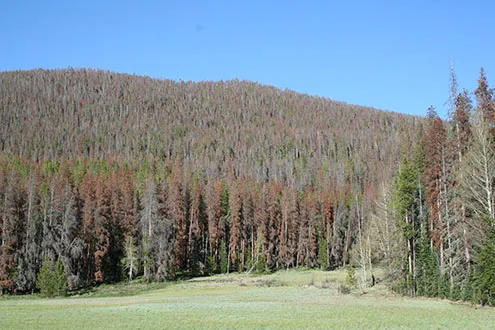
As pandemic wanes, food insecurity lingers
(New Mexico News Connection) As the pandemic wanes, hunger and food insecurity are also on the decline, but the need is still far above pre-pandemic levels, especially for people of color.
Ami McReynolds, chief equity and programs officer for Feeding America, said despite recent decreases, the amount of food being distributed by the organization's partner food banks remained more than 55% above pre-pandemic levels.
"The pandemic seemed to worsen the conditions for people of color in this country. African Americans went from 2.5 times to 3.2 times more likely to be food insecure."
McReynolds added Latinos went from 2.0 to 2.5 times more likely to be food insecure during the same time period.
Feeding America reports 38 million people were food insecure before the pandemic, and almost 60 million people turned to a charitable feeding system for assistance in 2020. Feeding America works with more than 200 food banks across the country.
She is confident various interventions allowed people to have enough to eat, but worries food insecurity could increase all over again if more setbacks occur, such as the expiration of eviction moratoriums and expanded unemployment benefits.
"The racial wealth gap just really continues to widen for people of color who are seeing higher rates of unemployment, limited learning potential and continued lack of homeownership," McReynolds outlined.
In addition to food banks, the government-led Supplemental Nutrition Assistance Program (SNAP), formerly known as food stamps, saw an increase of seven million users between 2019 and 2021.
















